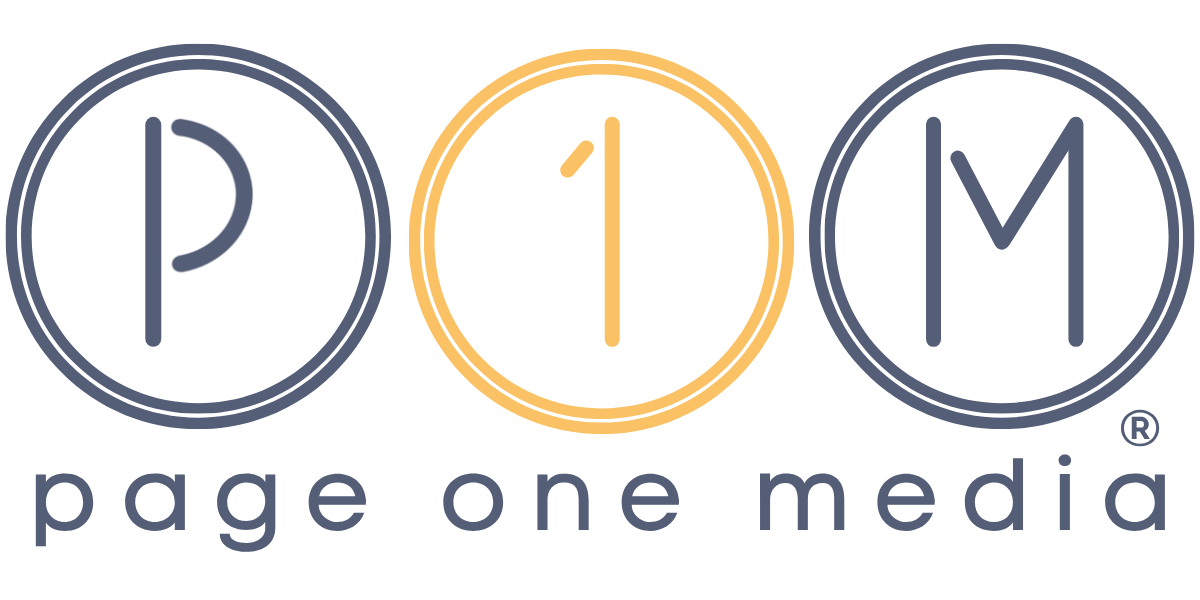
27 Mar How to Work with Your Publisher (in 2025)
When I got my start in publishing, at the very end of the last century (haha, seriously), things felt very, very different. We didn’t expect a whole lot from our authors unless we were putting them on tour. But now, it behooves every author to have a plan for how to work with your publisher or risk being ignored. There is much work to do and fewer resources (including budget, publishing staff, and media outlets) to go around. If your publisher puts you on tour, you’re one of a very lucky few these days, and if they don’t that’s okay and I’ll tell you why—read on!
What to Keep in Mind from the Start: Be a Record Keeper
The best thing you can do to work effectively with your publisher is to be organized and keep great notes. I’ve talked on the blog before about the importance of adhering to given deadlines. Even when your publisher doesn’t, I strongly encourage you to always do everything in your power to deliver to the schedule. But as you’re organizing your due dates for production, you should also be organizing the other parts of your future campaign. You get one bite at the publicity apple (maybe two if you’re book isn’t a paperback original and your book sells enough to be issued as a paperback reprint) so making sure you have the best possible plan to help your publisher gain notice for your book will help you, and them, tremendously.
Now is the time to start organizing your connections—digitally is preferable if you’re still using that paper address book—a simple spreadsheet works just fine for this. If you have a friend or writer group that is going to be your top superfans, you can start thinking about how you are going to communicate and organize with them. The best method for communicating with this core group is with whatever method they are using most: WhatsApp, Voxer, iMessage, Slack. This is not a time to reinvent the wheel. You need to use a method that has them responding to you when you need them and feels natural for them.
If you’ve done media in the past, whether that’s for previous books or anything else, a spreadsheet of these media “friendlies” will be a great resource for the book’s in-house publicist. Most publishers will send you an author questionnaire (AQ) and you can list these people on the AQ or share the spreadsheet. If there are niche publications, podcasts, or newsletters that will be interested in your book and that aren’t the usual suspects that your publisher goes to for every book, it will save your publicist time, and they will appreciate you and that you’re contributing to the campaign in a productive way. You don’t need to give them contact information for these outlets. If you can easily find it, great, do it, but it’s not required. The publicist will have resources that give them easier access to contacts at these outlets.
Thinking about and Planning for Marketing the Book
Marketing can and should be a substantial portion of every book campaign. I’ve talked about this on the blog before, but if you’re not taking full advantage of marketing, your publicity isn’t going to go as far as you need it to. Publicity is the basis of all our campaigns at Page One, and it is the basis of all campaigns at publishers as well. Publicity is flashy, it’s fun, it feels like the most important thing when it comes to publishing a book—and it is in some ways—but without the workhorse of marketing to optimize that publicity, it will be ephemeral. You need to make the most of every piece of publicity as many times as you can. I know you’re also hearing about how short attention spans are these days; people need to hear about your book dozens of times before they may be activated to purchase a copy.
Some publishers don’t invest in a lot of marketing, which leaves them at a disadvantage when it comes to the longevity of a book campaign. But there are things you can be doing as an author to leverage publicity in your marketing and there are ways you can support your publisher in the marketing of your book.
The first thing to do is identify your reader groups. I love the Ideal Reader Avatar (IRA) activity as a place to start this process. You can’t market to people if you can’t identify them as potentially interested readers of your book. Who are those readers, where are they (in real life and virtually), what else do they like to read or listen to or watch, are some of the many questions that you’ll find in the IRA blog post. Once you’ve found those readers and started to delve deeper into where they are learning about books, you have the first piece of your marketing puzzle.
The next step is to organize and compile that information and share it with your publishing team. Again, a spreadsheet is an easy way to track and share this type of information. It can include podcasts your ideal readers are listening to, magazines they subscribe to (niche magazines are important here—The New Yorker and The Atlantic are less helpful because every reader reads these and The New Yorker reviews three books per week out of the nearly 10,000 traditionally published books each week, so you can do the math), which influencers are they following, which newsletters or Substacks are they reading? You get the idea. Make a list, your marketer will thank you.
Depending on the subject or genre of your book the marketing tactics will be different. We do different things, for example, for books by a judge, a doctor, or professor, than we do for a memoir, a sociology book, or a novel. If your book is subject specific, organizations, conferences, university programs or professors who teach in the subject area are all helpful pieces of information that give your marketer a head start on the work. It shows that you are planning to be a member of the team and that you want to help them.
Events, Lectures, Festivals and Book Tours
I can assure you that the words that will put a chill into the heart of almost any book publicist are: “Are you sending me on tour?” The answer is very likely no, and the reasons are very good ones. See this blog post for more on why author tours really aren’t a good investment for most publishers anymore. If you still want to take up this work on your own, you can, but I urge you to start small and locally. Your local bookstore or community library is a good place to start. I will caution you however, if you spend your book budget at Amazon and rarely set foot in your local independent bookstore, don’t expect them to go out of their way for a stranger who has never supported them by shopping.
If you can guarantee a large crowd (large being at least 50 people) that will help your cause. And please don’t say you can bring 50 people through the door for your event if you can’t. A store needs to buy in copies of your books, pay for the shipping to get them to the store and pay to ship them back if they don’t sell. Also don’t insist on signing more than a small handful of the remaining books. The store can’t return the signed copies and that’s a substantial additional financial burden on the store if the event didn’t go well. If you can bring some refreshments (a half dozen bottles of wine and some sparkling water can be enough) that’s a nice offer to make. If you’re wondering: “who would I invite to such a thing?” or “I’m sure the store will email their newsletter and people will show up?” then you shouldn’t be scheduling bookstore events.
There are other types of events with built in audiences: book festivals, conferences, think tanks, university talks, to name a few. You can submit yourself to appropriate festivals. Most of them have online forms but be attentive to deadlines. Conferences in your space can be a good place to consider having a talk about your book. Many universities host authors for talks with students but the best way to do this is to have a professor-colleague/friend invite you. If you’re a member of an organization, an alumni group, or society, these can also be great places to ask for their support in hosting you for a book talk.
The Best Kept (non)Secret in Publishing
Having a well-established newsletter is one of the most valuable marketing tools a person can possess. Those readers who have opted into receiving your writing on a regular basis are exactly the people who will buy your books. If you don’t have a newsletter, it’s not too late to start one, even if its greater benefits may not be seen for this book. Hopefully, you intend to write more books in the future. If you’re not interested in Substack or find Mailchimp and other platforms to be too involved, you can use LinkedIn’s newsletter functionality. It makes it very easy to invite your connections, and it will pipe out your newsletter via email and on the platform.
I’ll remind you here to offer the in-house publishing team the benefit of the doubt. I know there are lots of horror stories out there on the internet, but these folks are incredibly hard-working people. They are experts in what they do, and they are brilliant generalists. They will never know your subject or your book as well as you do but they are experts in publishing, and they can not only be excellent guides through the process, but I can say from experience, they sometimes become wonderful friends too. Be a partner with them in bringing your book to readers!
In summary, the best way to work with your in-house publishing team is to:
-
-
-
- Be organized
- Always deliver by deadline
- Be prepared to share ideas around what media your readers are reading, listening to and watching—this will help both publicity and marketing
- Come with reasonable ideas based on thoughtful consideration of your ideal readers
- Your publisher may not have a budget for a book tour and that’s just the reality of publishing today and that’s okay
- Publishing staff are brilliant generalists. Help them see your niche and they will bring tremendous value to your campaign
-
-
Sarah Russo is the founder of Page One Media and a publishing professional for over twenty years. You can connect with her on BlueSky @sarahrusso.bsky.social, Instagram, and LinkedIn. You can follow the work of Page One Media on LinkedIn, @pageonem.bsky.social on BlueSky, and @pageonem on Instagram.

